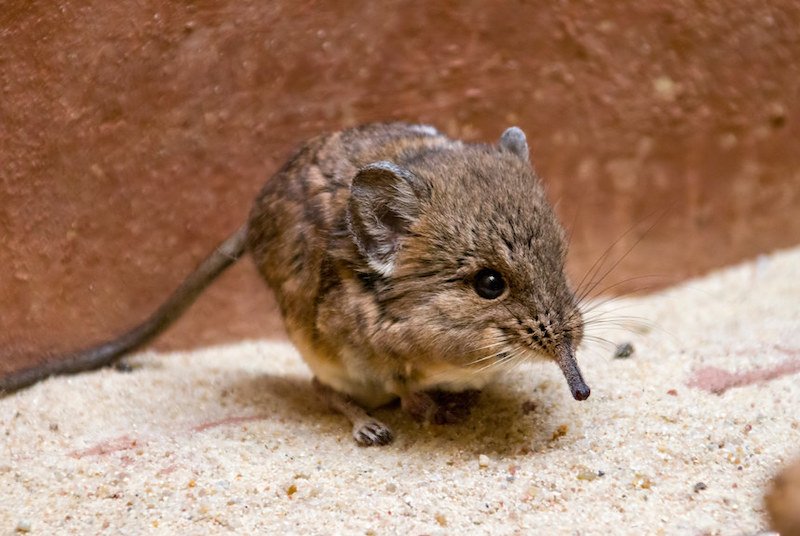The new study shows that comparing the anatomy of organisms instead of sequencing their genes is misleading in determining evolutionary trees.

The study, published in the journal Communications Biology, suggests that we should frequently review centuries of scientific studies that classify living things based on how they look.
Since Darwin and his contemporaries in the 19th century, biologists have been trying to reconstruct “family trees” of animals by carefully studying differences in their anatomy and structure (morphology).
But with the development of rapid genetic sequencing techniques, biologists can now use genetic (molecular) data to help piece together the evolutionary relationships of species much more quickly and cheaply. In the process, it is often proved that organisms we once thought were closely related actually belong to completely different branches.
For the first time, scientists at the University of Bath have compared evolutionary trees based on morphology with trees based on molecular data and mapped them according to geographical location.
They found that animals grouped using molecular trees lived closer geographically than animals grouped using morphological trees.
Matthew Wills, Professor of Evolutionary Paleobiology at the Milner Centre for Evolution at the University of Bath, said: “It turns out that many of our evolutionary trees are wrong. For more than a hundred years we have been classifying organisms based on how they look anatomically and how they are put together, but molecular data often tells us quite a different story.
“Our study statistically proves that if you build an evolutionary tree based on the molecular data of animals, it often matches the geographic distributions of animals much better.
“Where organisms live, their biogeography, was an important source of evolutionary evidence that Darwin and his contemporaries were familiar with.
“For example, tiny elephant shrews, anteaters, elephants, golden moles and swimming manatees all come from the same big branch in mammalian evolution, even though they look completely different from each other (and live in very different ways).
“Because they all come from Africa, the molecular trees put them in a group called Afrotheria, so the group matches their biogeography.”
The study also found that convergent evolution – the separate development of a trait in two genetically unrelated groups of organisms – is much more common than biologists previously thought.
“We have already seen many familiar examples of convergent evolution, such as flight evolving differently in birds, bats and insects, or complex camera eyes evolving differently in cuttlefish and humans,” said Professor Wills.
“But now, thanks to molecular data, we can see that convergent evolution happens all the time; we are learning that creatures we thought were closely related are often far apart on the tree of life.
“People who make money off their resemblance to celebrities are often not related to the person they look like, or members of a family don’t always look alike, and the same is true for evolutionary trees.
“This shows that evolution keeps recreating things, finding a similar solution every time a problem is encountered on a different branch of the evolutionary tree.
“This means that convergent evolution has been fooling us, even the most brilliant evolutionary biologists and anatomists, for more than 100 years!”
“The idea that biogeography can reflect evolutionary history was a major motivation for Darwin to develop his theory of evolution through natural selection, so it is surprising that it had not previously been considered as a direct way to test the accuracy of evolutionary trees in this way,” said Dr. Jack Oyston, Research Fellow and first author of the paper.
“The most exciting part is that we found strong statistical evidence that molecular trees fit better not only to groups like Afrotheria, but also to the tree of life of birds, reptiles, insects and plants.
“The fact that it is such a common model makes it potentially much more useful in testing different evolutionary trees in a general way, but it also shows how common it is for convergent evolution to mislead us.”
Oyston, J.W., Wilkinson, M., Ruta, M. et al. (2022). Molecular phylogenies map to biogeography better than morphological ones. Commun Biol 5, 521.
